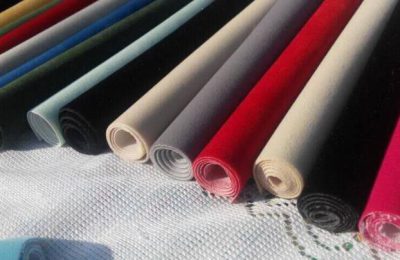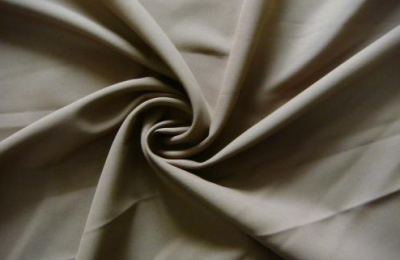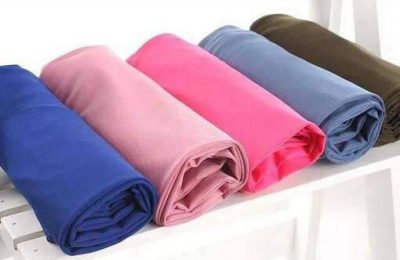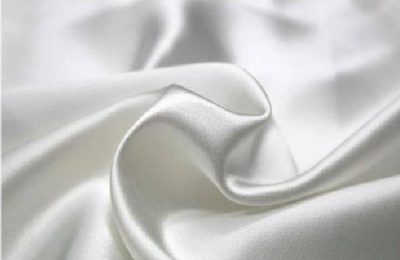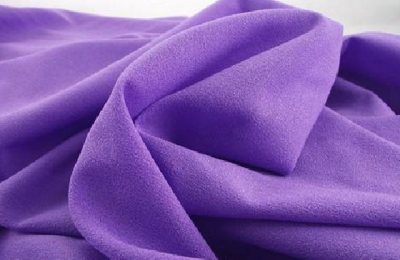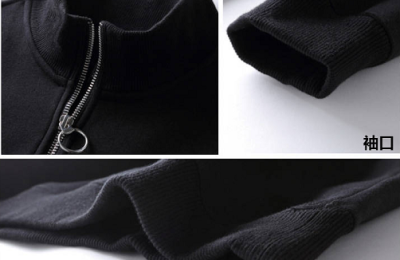PP spunbond polypropylene non-woven fabric is one of the many types of non-woven fabrics. It is made of polypropylene (PP material) as raw material, which is polymerized into a mesh through high-temperature drawing and then bonded into cloth by hot-rolling method. A kind of nonwoven fabric.
Because the production process of polypropylene spunbond non-woven fabric is very simple, the output is large, and it is non-toxic and harmless to the human body, it is widely used in various fields such as medical and sanitary materials.
PP spunbond polypropylene non-woven fabric Among the many manufacturing methods of non-woven fabrics, due to its obvious advantages in product performance and production efficiency made by the spunbond method, it has attracted worldwide attention in the past 20 years. of rapid development.
About 40% to 50% of non-woven fabric production currently uses melt spinning methods (including spunbonding methods, melt-blown methods and composite methods of the two).
The important reason for the rapid development of the spunbond method is that it uses synthetic polymers as raw materials. This method uses the principle of chemical fiber spinning. During the polymer spinning process, continuous filaments are formed into a web after spinning and then directly bonded. The manufacturing method of non-woven fabrics is very simple and fast. Compared with dry non-woven fabric processing technology, it eliminates a series of tedious intermediate processes such as fiber curling, cutting, packaging, transportation, mixing, and carding. This kind of The most significant effect of continuous and mass production is that the spunbond products have lower costs, stable quality, and strong market competitiveness. They can enter the market of textiles, paper, and films with various uses of disposable and durability. middle.
Supply PP spunbond polypropylene non-woven fabric, which has high strength, small vertical and horizontal strength difference, aging resistance, melting point of 164~170℃, and the product can be sterilized at temperatures above 100℃.
It has the characteristics of no deformation at 150℃ without being affected by external force.
You are welcome to come to the company for inspection or enter the store to consult us at any time.
</p



